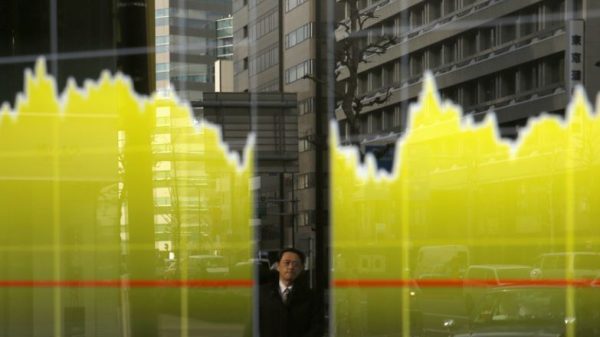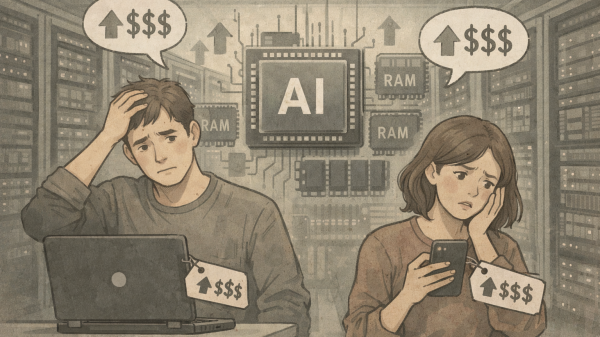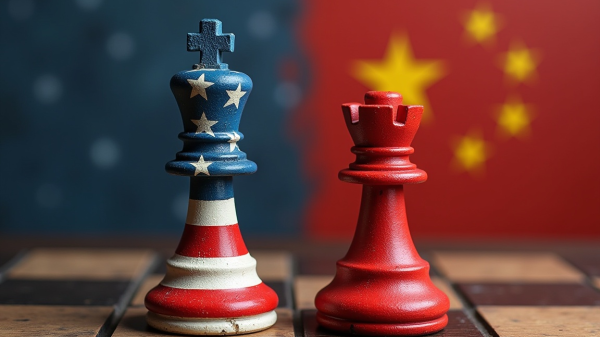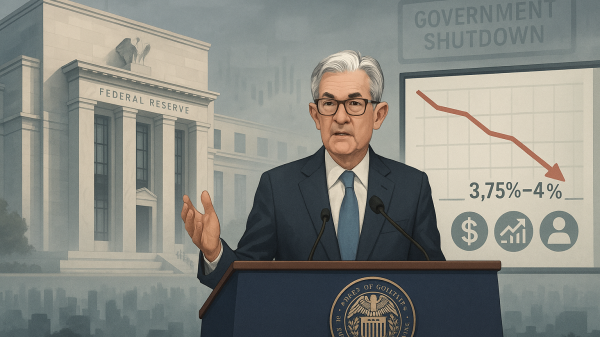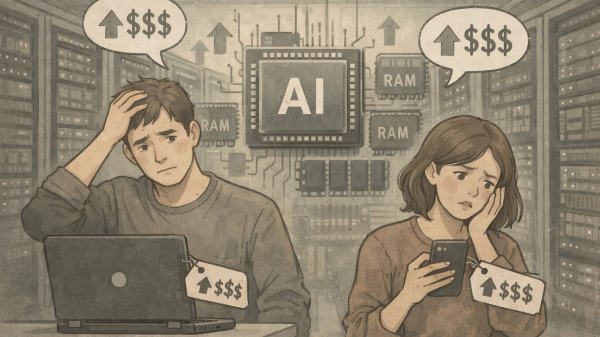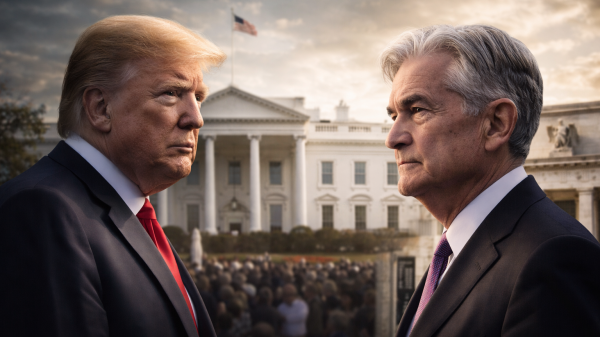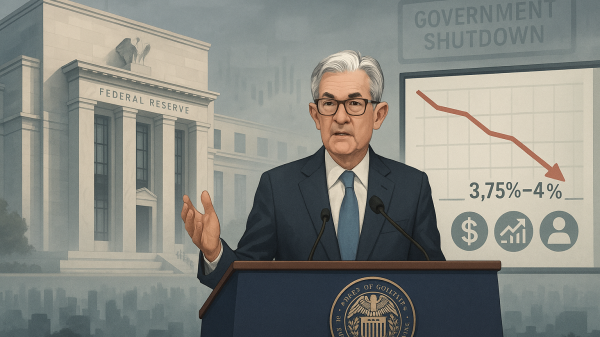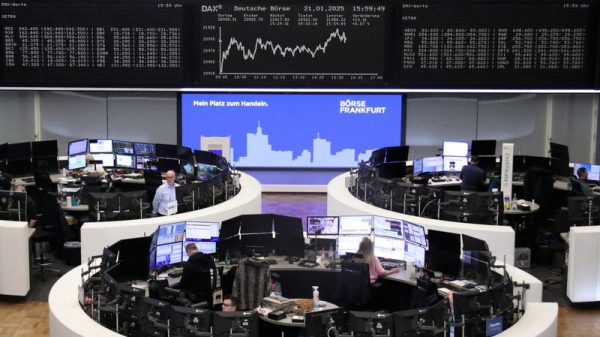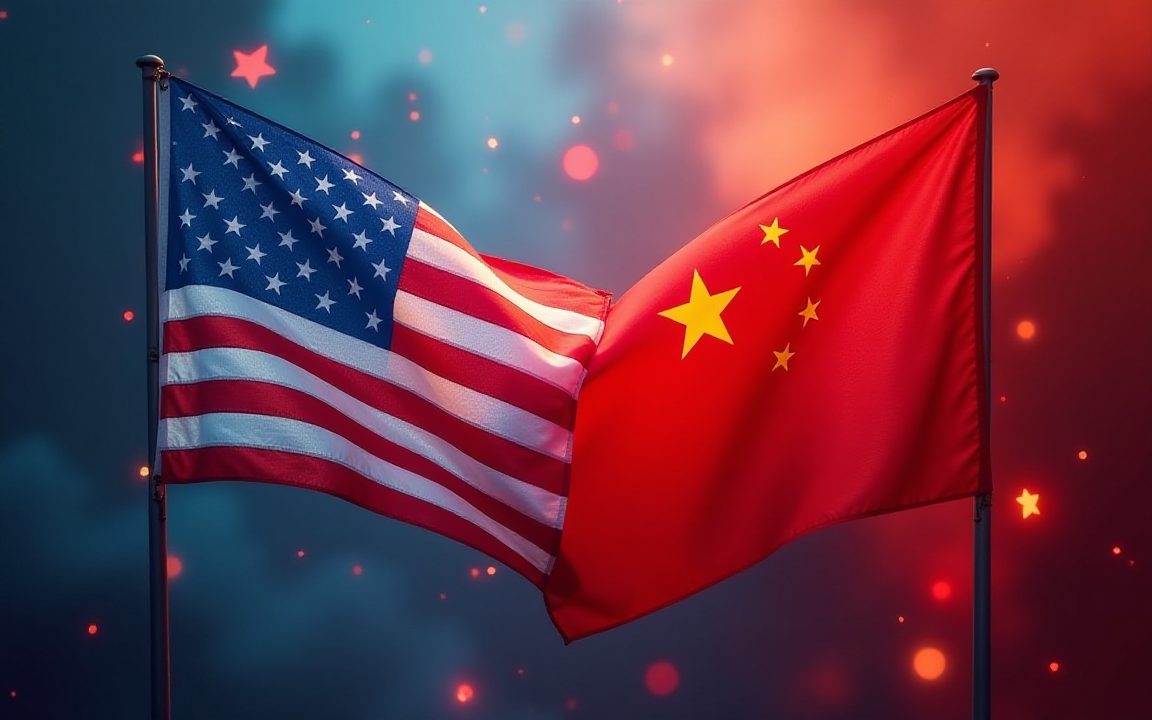The “tech war” between the US and China has not stopped. But you won’t find the latest updates in press conferences or server halls. You will find them in factories and power grids.
The United States still owns the frontier in models and money. China sets the price of the hardware that electrifies and automates the world.
The scoreboard is tighter than most headlines suggest because the bottlenecks have changed. This is now a race for kilowatt-hours, packaging, supply chains and distribution from space
Who owns the frontier models?
In terms of compute, the US is clearly ahead. In fact, it accounts for almost 75% of global AI supercomputer performance.
By following the capital, the same patterns emerge.
The Stanford AI Index puts US private AI investment at $109.1 billion in 2024, almost twelve times China’s $9.3 billion. That money translates into model training, talent hiring and long contracts for compute. It is the cleanest single indicator that the United States leads at the top end of AI.
Corporate capex makes the point even sharper. Microsoft said it will invest about $80 billion in fiscal 2025 to build AI data centers. Meta has lifted its 2025 capex to a range of $66 to $72 billion.
Alphabet raised its 2025 capex plan to roughly $85 billion. This is a firm-led industrial policy, whether Washington intends it or not.
But there is also a hard ceiling called power.
US electricity demand is rising to record highs in 2025 and 2026 as data centers multiply. The Energy Information Administration expects commercial electricity sales to climb three percent in 2025 and another four and a half percent in 2026.
PJM, the largest US grid operator, now forecasts about 30 gigawatts of new peak load from data centers by 2030 and is fast-tracking rules to connect them. If interconnections and new generation lag, the US AI lead becomes a cost problem.
Where costs are set: the factory flywheel
China sets the global price curves in the technologies that power and automate AI-era economies. In solar, China controls more than 80% of capacity at every stage of the PV supply chain.
That manufacturing weight is why panel prices and storage-coupled solar projects keep getting cheaper worldwide.
In batteries, CATL and BYD together held about 56% of global EV battery usage in the first half of 2025.
Scale here does two things. It depresses costs for electrification and it keeps factories humming even when domestic demand wobbles.
The same logic shows up in robots. China installed about 276,000 industrial robots in 2023, roughly half of global demand, and climbed to third in robot density worldwide in 2023. That is a concrete productivity lever.
Telecom transport tells a similar story. Huawei was the top vendor in optical transport equipment in 2024 with about one third market share, and it remains the largest overall telecom equipment supplier.
That shapes the backbones that carry AI traffic across much of the world outside the United States.
Chips and choke points
Washington’s export controls still set the ceiling on China’s access to the very latest compute and the tools to make it. The Bureau of Industry and Security updated the October 2022 rules in 2023 to tighten controls on advanced chips and semiconductor manufacturing equipment.
The Netherlands reinforced this by requiring licenses for key ASML lithography systems and related servicing. These measures keep EUV off the table and complicate even advanced DUV.
China is pushing through with “good enough” silicon. TechInsights has documented a 7-nanometer process at SMIC used in Huawei’s Kirin smartphone chips, achieved with multipatterning and no EUV.
Yields and costs are another matter, but for many inference and edge workloads the bar is lower than the frontier. Export policy buys time at the top end. It does not stop a middle tier from getting better.
Two other choke points will decide pace. Packaging and memory. Advanced substrates, HBM and cooling are now as strategic as lithography. Policy that funds these steps in allied markets has more impact on real compute supply than another press release about fabs. That is where the race is moving.
Is the rivalry really on pause?
Some economists are wondering if the rivalry is now on pause since mid-July.
US politics is noisy and often focused inward. China’s leadership is preoccupied with balance sheet repair. July data from China showed industrial output up 5.7% year on year and retail sales up 3.7%, both softer than expected.
Officials have rolled out measures to slow the slide in foreign investment after a double-digit drop in early 2025. The economy is not collapsing. It is grinding and selective. That tempers overseas risk-taking.
Yet at the systems level the race runs hot. In the United States, firms are building compute at a pace the public sector is not matching. The constraint is not dollars. It is sites, interconnections and people.
If grid upgrades, transmission and clean firm power arrive faster, the US widens its lead in frontier AI even if federal research budgets wobble. If immigration policy becomes friendlier to top STEM graduates, the talent flywheel accelerates.
The MacroPolo tracker still shows the United States as the destination of choice for elite AI researchers, many of them trained in China. That matters more than slogans.
China’s path is different. Manufacturing strength in batteries, solar, robots and optics continues to compound, pulling global costs down and buying influence across emerging markets.
The risk is profitability and credit quality. Tighter lending and the clean-up of local government balance sheets slow the “everyone builds everything” approach that created overcapacity. The question is whether Beijing can prune without stalling core tech capacity. The policy choice is subtle: fewer zombie lines, more tier-one champions.
Here is the simplest way to read the board. The United States leads where code, capital and top-end compute decide outcomes. China leads where factories, supply chains and learning curves decide prices.
Three levers will flip the score. In America, unlock electrons and visas. In China, fix margins and keep scaling the right plants. In both places, remember that packaging, memory and grid metals now matter as much as raw chips. The rivalry will be decided by who solves those boring, physical problems first.
The post Who’s really winning the US-China tech war? appeared first on Invezz

